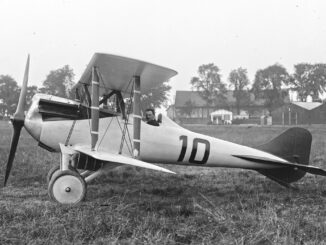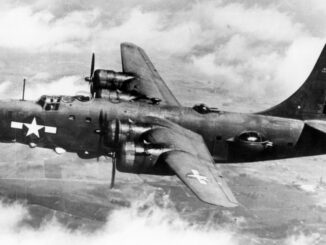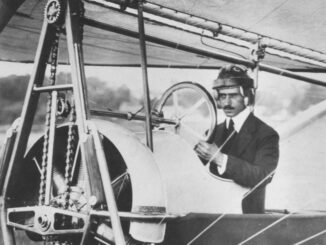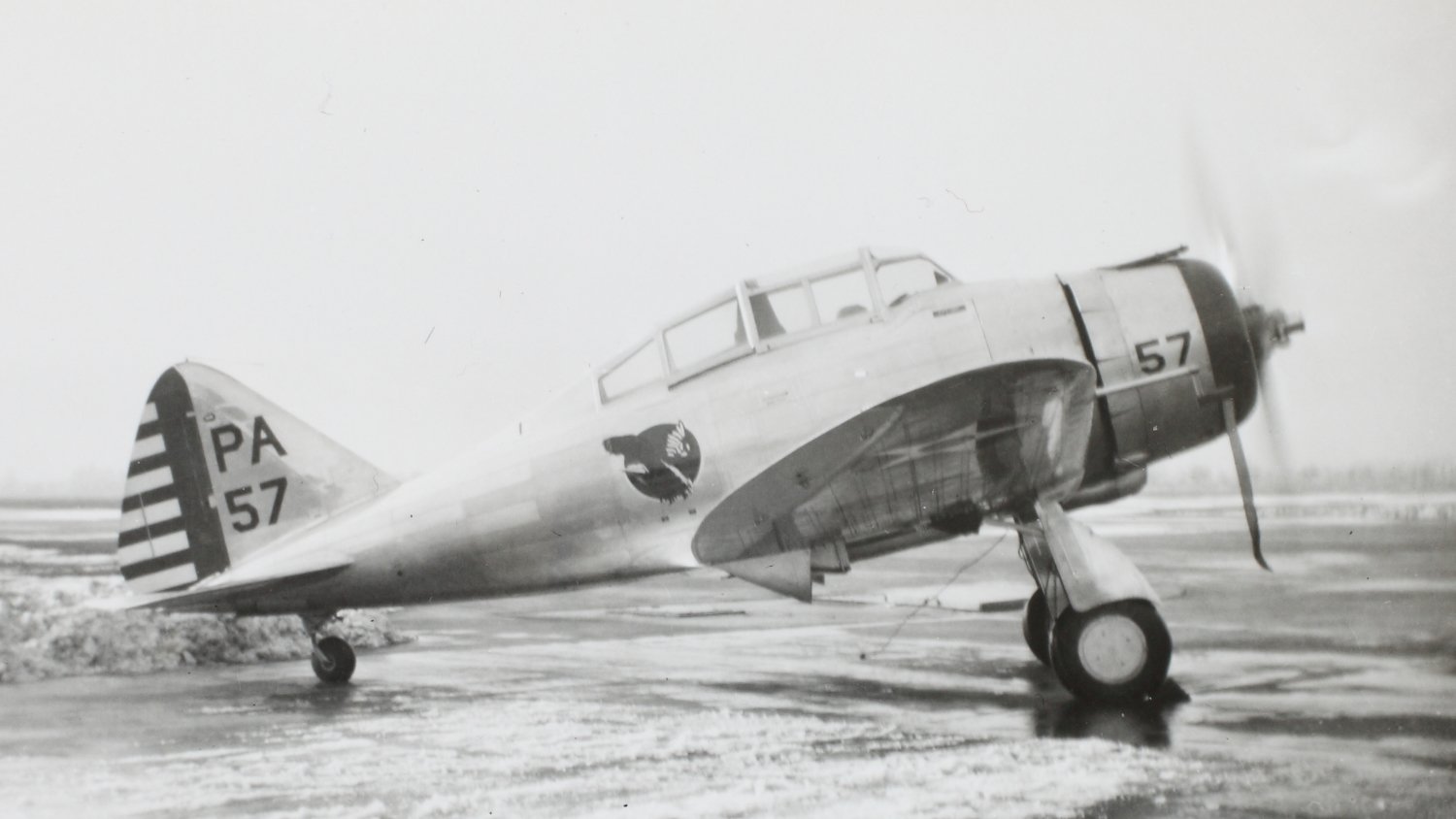 On 15th August 1935, the prototype of the SEV-1XP fighter aircraft, later known as the Seversky P-35, performed its first flight at Wilbur Wright Field in Riverside, Ohio.
On 15th August 1935, the prototype of the SEV-1XP fighter aircraft, later known as the Seversky P-35, performed its first flight at Wilbur Wright Field in Riverside, Ohio.
The P-35 is widely considered the first up-to-date monoplane fighter aircraft in service with the United States Army Air Corps (USAAC). Although featuring all-metal construction, an enclosed single-seat cockpit and retractable landing gear, the aeroplane lagged behind its European peers in terms of performance and capabilities.
The path to creating the first all-metal monoplane American fighter was somewhat complicated. It began in the early 1930s, when the Seversky Aircraft Company was established by Alexander Nikolaievich Prokofiev de Seversky (Александр Николаевич Прокофьев-Северский), a Russian immigrant to the United States and a former military pilot.
Seversky was born in then Tiflis (now Tbilisi, in Georgia), into a noble Russian family. His grandfather was a military engineer who took part in building the Georgian railway, and his father was one of the pioneers of Russian aviation, as well as a famous operetta singer, actor and director.
It came as no surprise that, when forming his company, Alexander Seversky invited several engineers of Russian and Georgian origin, such as Michael Gregor (born Mikheil Grigorashvili) and Alexander Kartveli (born Aleksandre Kartvelishvili). The latter designed the first aircraft developed by the Seversky company, the SEV-3 three-seat amphibian monoplane, which performed its first flight in mid-1933.
The SEV-3 was an all-metal monoplane powered by a radial engine, featuring two separate enclosed cockpits in tandem configuration. The first version of the aircraft was equipped with two floats but, shortly afterwards, another prototype was developed and configured as a two-seat fighter with a fixed tailwheel undercarriage. The new aeroplane, designated SEV-2XP, was powered by a 735 hp Wright R-1820 radial engine.
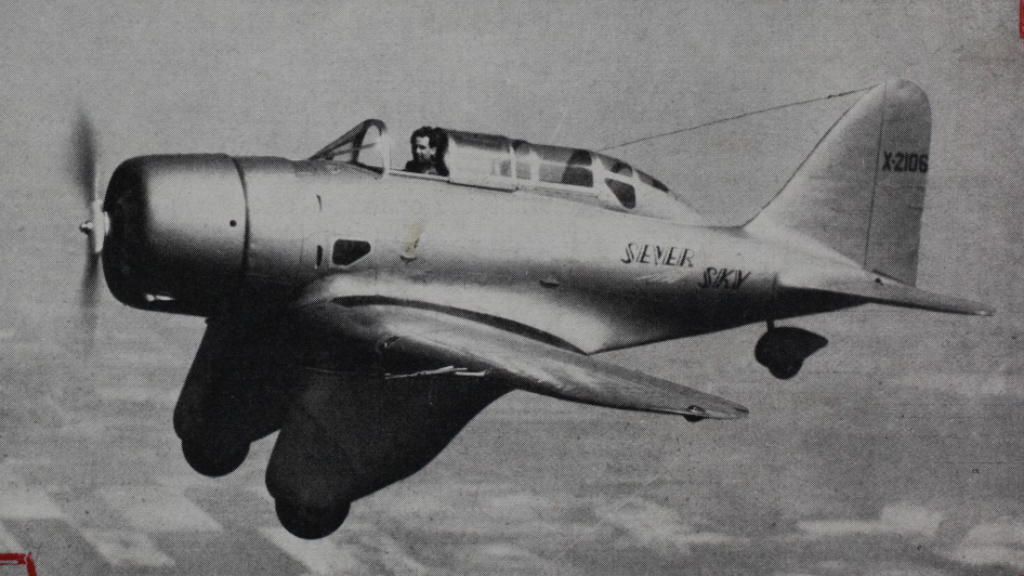
In 1935, the USAAC announced a bid for a contemporary single-seat fighter aircraft. Seversky entered the competition with the aforementioned SEV-2XP, despite the fact that it was a two-seat aeroplane. However, the aircraft was damaged during transfer to Wright Field, where the evaluation flights had to take place.
It proved a lucky break for Seversky, who took advantage of the situation and, instead of repairing the SEV-2XP, quickly redeveloped the aeroplane into a single-seat variant with retractable undercarriage. The reconfigured fighter, named SEV-1XP, was also equipped with a more powerful R-1820-G5 engine generating 850 hp. On 15th August 1935, the SEV-1XP was delivered to Wright Field, where it successfully performed its maiden flight.
Nevertheless, this redevelopment of the aircraft already submitted for the bid caused strong protests from another competitor, the Curtiss company. As a result, the evaluation process was delayed and, officially, the test flights commenced only in April 1936. However, the delay was again used by Seversky to improve the aircraft and re-engine it with a Pratt & Whitney R-1830-9 Twin Wasp powerplant.
In June of 1936, the SEV-1XP was announced as the winner of the competition, over the Curtiss Model 75, Vought V-141 and Consolidated PB-2. This came as a surprise, as Seversky’s aircraft was more expensive and its declared top speed of 300 mph (483 kph) was never reached during the evaluation flights.
The USAAC ordered seventy-seven Seversky fighters, now officially designated P-35, along with spare parts, for a total of USD 1.6 million. Deliveries of the new aircraft began in May of 1937 and were completed in August of the following year.
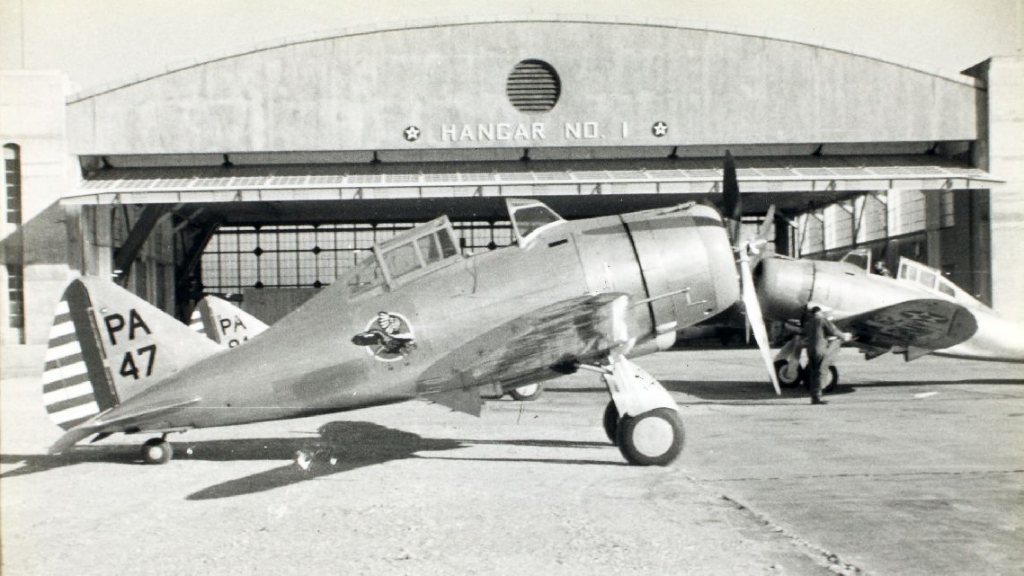
Although a peer to the Hawker Hurricane and Messerschmitt Bf 109 – two iconic aircraft of the Second World War – the P-35 lagged behind the European fighters. In fact, in late 1938, when Seversky’s fighter became operational with the USAAC, it was already obsolete compared with the newest variants of the aforementioned types.
The slow delivery process, within which the Seversky company needed more than two years to deliver fewer than one hundred aircraft, was one of the main issues identified by the USAAC authorities, along with the fighter’s poor performance. The fact that Seversky sold twenty examples of the 2PA, the two-seat variant of the aeroplane, to the Japanese Imperial Navy – considered a potential enemy in the looming war – was the final straw for the USAAC. Already in 1937, the military authorities decided to cease cooperation with Seversky and instead ordered more than two hundred P-36 fighters from Curtiss.
Nevertheless, Seversky continued to search for new customers for the P-35 and its derivatives. In 1937, the company entered the US Navy competition for a new monoplane fighter but failed. Two years later, Alexander Seversky himself took the P-35 on a tour around Europe in a desperate attempt to increase sales.
He assumed, not unreasonably, that in the face of the threat of war, many European countries needed to buy fighter aircraft but could not obtain them on the local market. However, the American fighter did not receive adequate interest. Its price was one of the main reasons, along with average flying characteristics, but the biggest obstacle was the fact that any potential contract would be settled in USD, which was a deal-breaker for the majority of European state budgets.
Eventually, the only country to buy the Seversky fighters was Sweden. The country placed three consecutive orders – for fifteen aircraft in June 1939, another forty-five examples in October of the same year and finally sixty aeroplanes in January 1940.
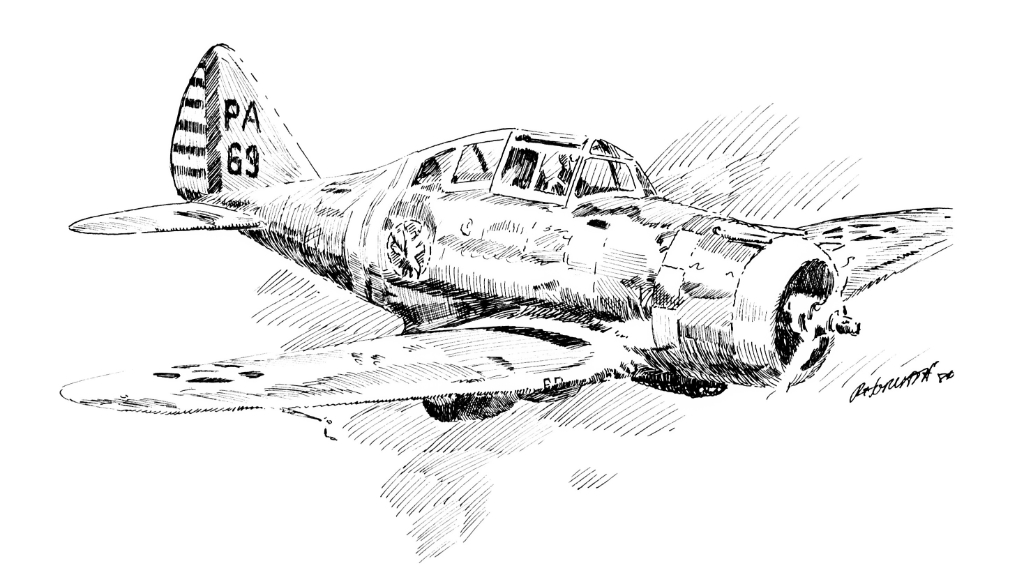
However, by that time, the company’s board had forced Alexander Seversky out of the business he had founded. The main reason was poor sales, with the company recording a loss of USD 550,000 in April of 1939. The company was restructured and renamed Republic Aviation Corporation in September of the same year.
At the beginning of 1940, Sweden received its first batch of the P-35 fighters, locally known as J 9. Regrettably, it was also the last delivery, as on 18th June 1940 the United States declared an embargo on the export of weapons to any country except the United Kingdom. Therefore, about sixty aircraft built by Republic under the Swedish contract were taken over by the USAAC as the P-35A.
However, the fighters had been manufactured for the European market, with metric flight instruments, Swedish labelling and instructions, as well as their customer-tailored armament. Consequently, the USAAC decided to keep only three airframes for training purposes.
Eventually, six P-35As were delivered to Ecuador and the remaining aircraft were taken over by the Far East Air Force (FEAF) in the Philippines. In December of 1941, the P-35s in service with the FEAF took part in combat against Japanese forces.
Being totally outclassed by Japanese aircraft, most of the Seversky fighters survived only about two months in action. The last two airworthy examples were evacuated to Mindanao and remained in service until the spring of 1942.
The J 9 in service with the Swedish Air Force remained operational until 1946.
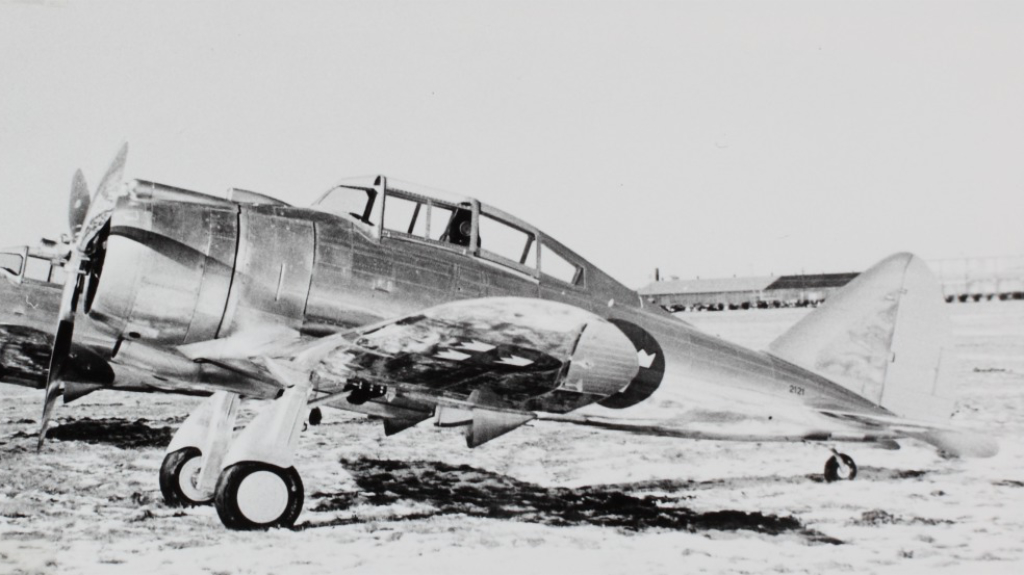
Cover photo: Seversky P-35 (photo: San Diego Air and Space Museum Archive, Charles M. Daniels Collection Photo, 15_000296, via Flickr Commons)

